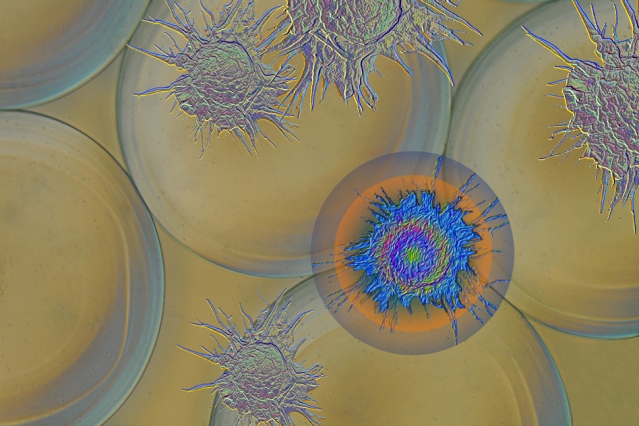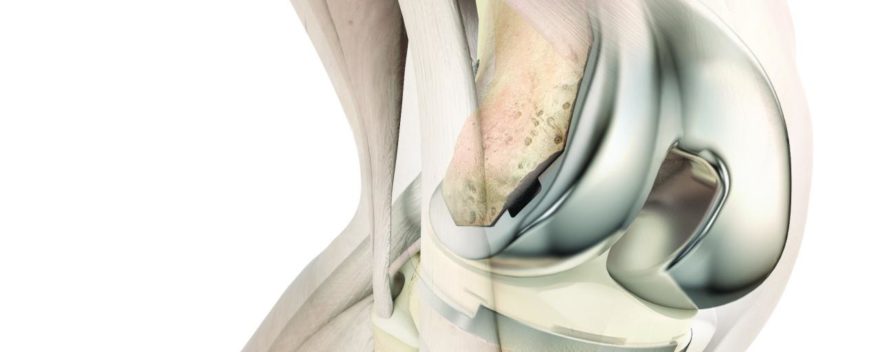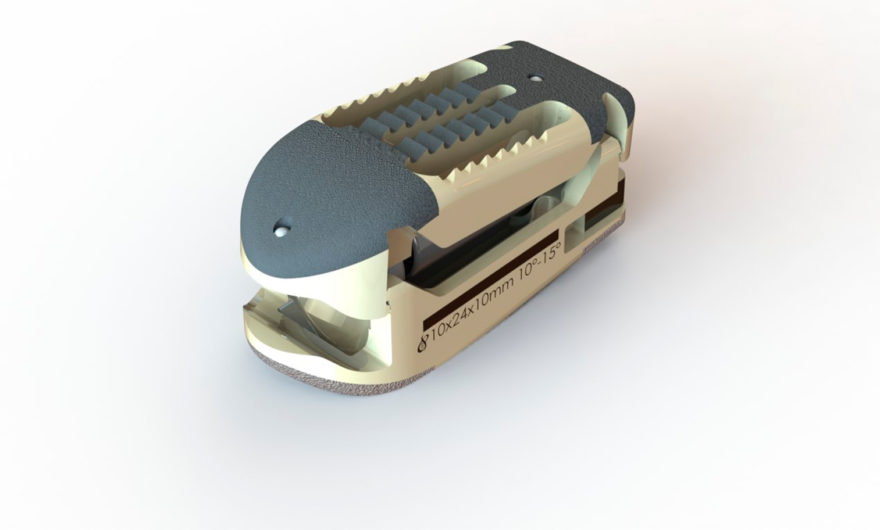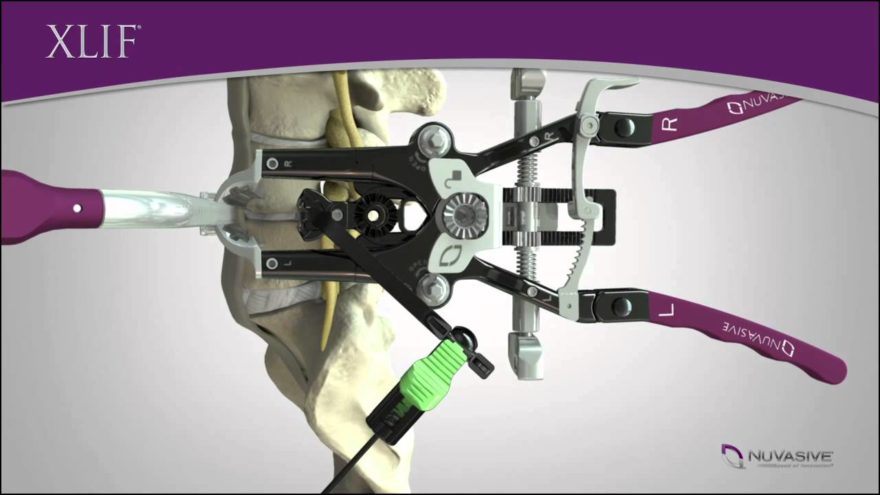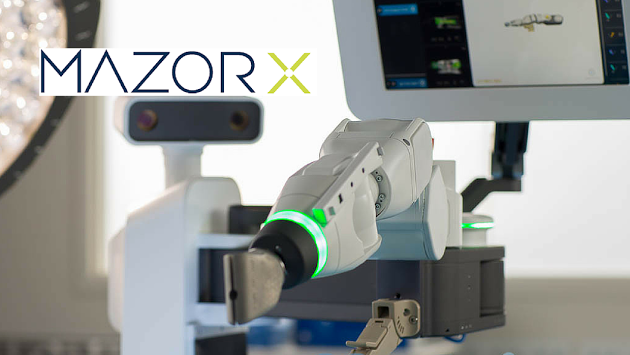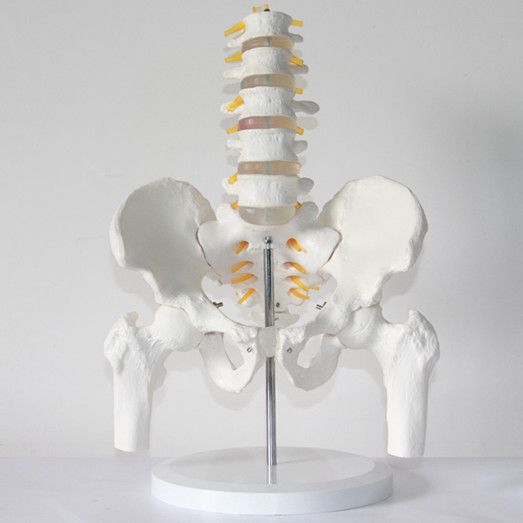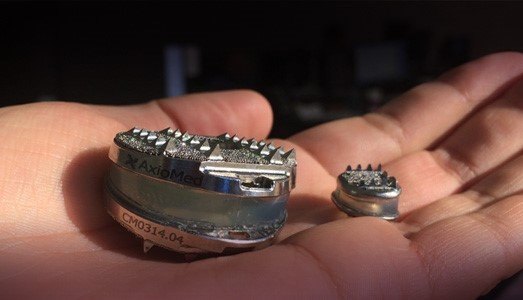MINNETONKA, Minn.–(BUSINESS WIRE)–UnitedHealth Group Incorporated (NYSE: UNH) today announced that it has extended the expiration of its previously announced exchange offer for all of the outstanding shares of Surgical Care Affiliates, Inc. (NASDAQ: SCAI) (“SCA”), a leading ambulatory surgery center and surgical hospital provider. The exchange offer, which was previously scheduled to expire at 12:01 a.m., New York City time, on Tuesday, March 21, 2017, has been extended until 12:01 a.m., New York City time, on Friday, March 24, 2017, unless further extended. All other terms and conditions of the exchange offer remain unchanged.
Wells Fargo Bank, N.A., the depositary for the exchange offer, has advised UnitedHealth Group that, as of 5:00 p.m., New York City time, on March 16, 2017, 13,211,520 shares of SCA common stock were tendered pursuant to the exchange offer, which represented approximately 32.5% of the outstanding shares of common stock of SCA. Stockholders who have already tendered their shares of SCA common stock do not have to re-tender their shares or take any other action as a result of the extension of the expiration date of the exchange offer.
The combination of SCA with OptumCare, the primary and urgent care delivery services business part of Optum (UnitedHealth Group’s services business), which works with more than 80 health plans, will position the combined organization as a comprehensive provider of ambulatory care services, while continuing expansion of SCA’s network of ASCs and surgical hospitals in partnership with leading health systems, medical groups and health payers. The combination builds upon the two companies’ successful ambulatory surgery center collaborations and expands OptumCare’s capabilities in outpatient surgical procedures.
In connection with the exchange offer, UnitedHealth Group has filed a registration statement on Form S-4, which includes a prospectus/offer to exchange and certain ancillary documentation, which have been be mailed to SCA stockholders, and a tender offer statement on Schedule TO and amendments thereto with the SEC. SCA has filed a solicitation/recommendation statement on Schedule 14D-9 that has also been mailed to SCA stockholders. These documents contain important information about the exchange offer that should be read carefully before any decision is made with respect to the exchange offer.
Requests for copies of the prospectus/offer to exchange, the accompanying letter of transmittal and other exchange offer materials may be directed to D.F. King & Co., Inc., the information agent for the exchange offer, by phone toll-free at (800) 431-9645 or by email at UNH@dfking.com.
About UnitedHealth Group
UnitedHealth Group (NYSE: UNH) is a diversified health and well-being company dedicated to helping people live healthier lives and making the health system work better for everyone. UnitedHealth Group offers a broad spectrum of products and services through two distinct platforms: UnitedHealthcare, which provides health care coverage and benefits services; and Optum, which provides information and technology-enabled health services. For more information, visit UnitedHealth Group at www.unitedhealthgroup.com or follow @UnitedHealthGrp on Twitter.
About Optum
Optum is a leading information and technology-enabled health services business dedicated to helping make the health system work better for everyone. With more than 100,000 people worldwide, Optum delivers intelligent, integrated solutions that help to modernize the health system and improve overall population health. Optum is part of UnitedHealth Group (NYSE:UNH).
About SCA
SCA (NASDAQ: SCAI), a leader in the outpatient surgery industry, strategically partners with health plans, medical groups and health systems across the country to develop and optimize surgical facilities. SCA operates 205 surgical facilities, including ambulatory surgery centers and surgical hospitals, in partnership with approximately 3,000 physicians. For more information on SCA, visit www.scasurgery.com.
Cautionary Note Concerning Forward-Looking Statements
This communication may contain statements that constitute “forward-looking statements,” including, for example, information related to UnitedHealth Group, SCA and the proposed acquisition of SCA by UnitedHealth Group. Generally the words “believe,” “expect,” “intend,” “estimate,” “anticipate,” “plan,” “project,” “should” and similar expressions identify forward-looking statements, which generally are not historical in nature. Such statements reflect the current analysis of existing information and involve substantial risks and uncertainties that could cause actual results to differ materially from those expressed or implied by such statements. The following factors, among others, could cause actual results to differ materially from those described in these forward-looking statements: the possibility that various conditions to the consummation of the UnitedHealth Group exchange offer and mergers may not be satisfied or waived, including the receipt of regulatory clearances related to the mergers; uncertainty as to how many shares of SCA common stock will be tendered into the UnitedHealth Group exchange offer; the risk that the UnitedHealth Group exchange offer and mergers will not close within the anticipated time periods, or at all; the failure to complete or receive the anticipated benefits from UnitedHealth Group’s acquisition of SCA; the possibility that the parties may be unable to successfully integrate SCA’s operations into those of UnitedHealth Group; such integration may be more difficult, time-consuming or costly than expected; customer loss and business disruption (including, without limitation, difficulties in maintaining relationships with employees, customers, clients, suppliers or physicians) may be greater than expected following the transaction; the retention of certain key employees at SCA may not be achieved; the parties may be unable to meet expectations regarding the timing, completion and accounting and tax treatments of the transactions; the effects of local and national economic, credit and capital market conditions; and the other risks and uncertainties relating to UnitedHealth Group and SCA described in their respective Annual Reports on Form 10-K for the fiscal year ended December 31, 2016, and in their subsequent Current Reports on Form 8-K, all of which are filed with the U.S. Securities and Exchange Commission (the “SEC”) and available at www.sec.gov.
UnitedHealth Group and SCA assume no obligation to update the information in this communication, except as otherwise required by law. Readers are cautioned not to place undue reliance on these forward-looking statements or information, which speak only as of the date hereof.
Additional Information and Where to Find It
This communication relates to a pending business combination transaction between UnitedHealth Group and SCA. This communication is for informational purposes only and is neither an offer to sell or exchange, nor a solicitation of an offer to buy or exchange, any securities, nor shall there be any sale of securities in any jurisdiction in which such offer, sale or exchange would be unlawful prior to registration or qualification under the securities laws of any such jurisdiction.
UnitedHealth Group has filed a registration statement on Form S-4 related to the transaction with the SEC and may file amendments thereto. UnitedHealth Group and a wholly-owned subsidiary of UnitedHealth Group have filed a tender offer statement on Schedule TO (including a prospectus/offer to exchange, a related letter of transmittal and other exchange offer documents) related to the transaction with the SEC and have filed amendments thereto and may file further amendments thereto. SCA has filed a solicitation/recommendation statement on Schedule 14D-9 with the SEC and has filed amendments thereto and may file further amendments thereto. SCA and UnitedHealth Group may also file other documents with the SEC regarding the transaction. This communication is not a substitute for any registration statement, Schedule TO, Schedule 14D-9 or any other document which SCA or UnitedHealth Group has filed or may file with the SEC in connection with the transaction. Investors and security holders are urged to read the registration statement, the Schedule TO (including the prospectus/offer to exchange, related letter of transmittal and other exchange offer documents), the solicitation/recommendation statement on Schedule 14D-9 and the other relevant materials with respect to the transaction carefully and in their entirety before making any decision regarding exchanging their shares, because they contain important information about the transaction. The prospectus/offer to exchange, the related letter of transmittal and certain other exchange offer documents, as well as the solicitation/recommendation statement, will be made available to all holders of SCA’s stock at no expense to them. The exchange offer materials and the solicitation/recommendation statement are available for free at the SEC’s website at www.sec.gov. Additional copies of the exchange offer materials and the solicitation/recommendation statement may be obtained for free by contacting UnitedHealth Group’s Investor Relations department at (800) 328-5979. Additional copies of the solicitation/recommendation statement may be obtained for free by contacting SCA’s Investor Relations department at (800) 768-0094.
In addition to the SEC filings made in connection with the transaction, each of UnitedHealth Group and SCA files annual, quarterly and current reports and other information with the SEC. You may read and copy any reports or other such filed information at the SEC public reference room at 100 F Street, N.E., Washington, D.C. 20549. Please call the SEC at 1-800-SEC-0330 for further information on the public reference room. UnitedHealth Group’s and SCA’s filings with the SEC are also available to the public from commercial document-retrieval services and at the website maintained by the SEC at http://www.sec.gov.
Click here to subscribe to Mobile Alerts for UnitedHealth Group.

